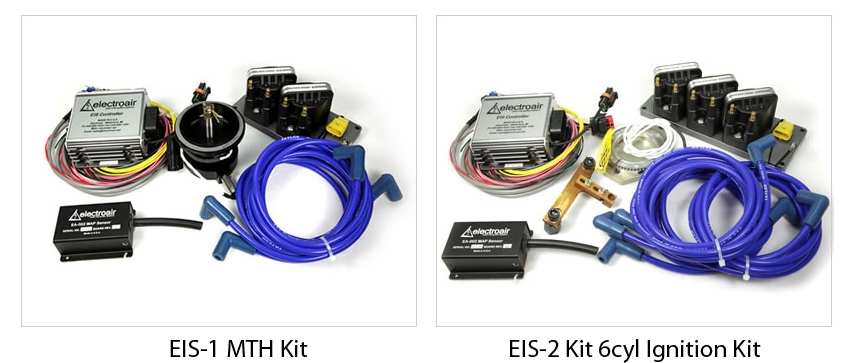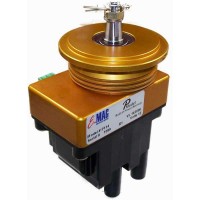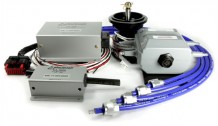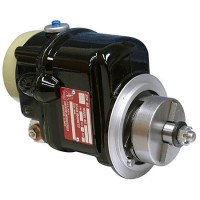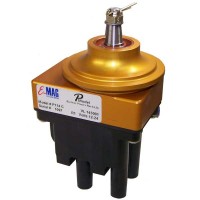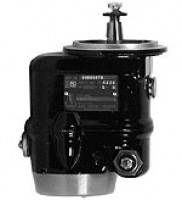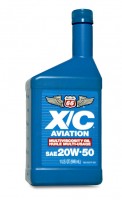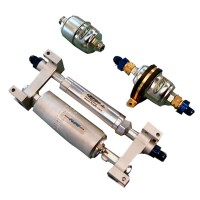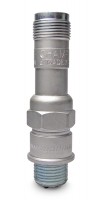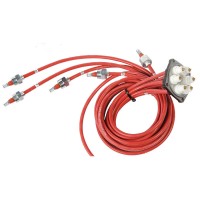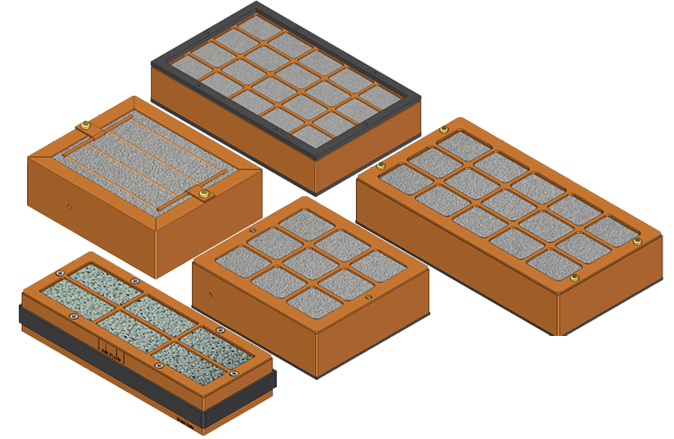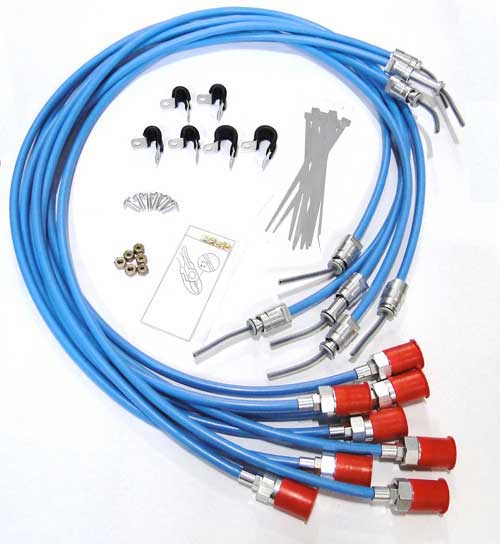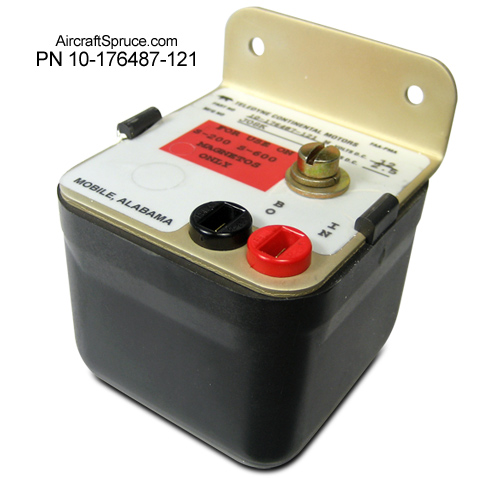Electroair Experimental Ignition Systems
от 518780 432317 руб.
до 725772 604810 руб.
Наличие: Проверяйте наличие по каждому товару
Overview
| Ignition System Technical Discussion Ignition System Basics The goal of any ignition system in a four-stroke engine is to start the combustion event so that peak pressure, as a result of combustion, occurs between 10 & 17 degrees after top dead center (ATDC) of the piston travel. This is the generally accepted range and our starting point when talking about ignition systems. From here we work backwards to understand how ignition systems work and what improvements can be made in order to get the most out of our engines. Dual Magneto System Review Traditional aircraft engines use a dual, or two, Magneto Ignition System (MIS). Both magnetos are timed to fire at a preset degree before Top Dead Center (TDC). The two magneto system can be made up of a number of combinations: one impulse coupled mag and one direct drive mag; two impulse coupled mags; or two mags that have some kind of ?starting help? device like a shower of sparks or ?Slick-Start? system. No matter the combination, the magnetos are responsible for supplying energy to the spark plugs causing a ?spark? which is used to ignite a fuel/air mixture inside of the cylinder. For decades, this kind of ignition system has been used quite successfully in aircraft engines. Traditional aircraft ignition systems, however, have remain stagnant in technological development and because of their inherent limitations, hand-cuffed the engine?s ability to deliver peak performance. Magnetos have two big limitations: one, they produce a relatively small amount of energy; and two, they can only provide that energy (or spark) at a fixed time point in the crank-shaft rotation. Magnetos typically can provide 12,000V through about 5 degrees of crank rotation at the spark plug ? less during the start sequence (6,000-8,000 volts during starting). The fixed time point where the spark occurs means that the magneto cannot adjust the spark event to compensate for variances in fuel/air mixtures. As fuel/air mixtures varies (either because of altitude, air density, fuel density, whatever), the time required to develop peak pressure from combustion also changes. If the ignition event timing doesn?t change, then the time where peak pressure occurs MUST change. When this happens, the experience is typically a loss of power. EIS Overview & Primer There are two principle differences between a magneto (MIS) and an electronic ignition system (EIS): one, an EIS is able to deliver much higher energy to the spark plug for a long period of time (70,000V through about 20 degrees of crank rotation) at any RPM; and two, an EIS is able to vary the ignition timing based on changes in the fuel/air mixture. The very large voltage supplied to the spark plugs comes from using larger coils. The EIS?s ability to delivery that voltage at any RPM is because the output from the EIS is NOT dependent on engine RPM, but the battery supply. The high energy voltage from the EIS allows for a larger gap in the spark plug ? insuring a big, long duration, high quality spark. This spark will then have the ability to ignite typically any kind of fuel/air mixture that passes by the spark plug. This is particularly important for hot-start applications, where the fuel/air mixture is corrupt in some way, caused by the high temperature, poor fuel quality, or any combination thereof. The ability to vary spark timing is also critical. Any good propulsion engineer will pontificate that the way to develop power out of an engine is directly related to the amount of air that can be put into the combustion chamber (fuel can always be metered). Aircraft engines battle this problem constantly with changing altitude and poorly designed intake systems. A good way of measuring the amount of air in the combustion chamber is by measuring Manifold Absolute Pressure (MAP). This directly correlates to the amount of air available for combustion. The EIS looks at MAP, and adjusts timing based on this to optimize the location (or degree of crank position) for the spark event to occur. The Electroair EIS uses the vacuum advance curve found in Figure 1 for adjusting timing based on MAP. 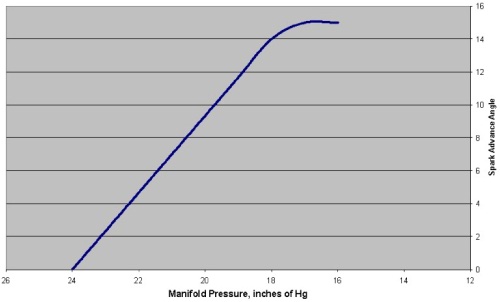 How the Electroair EIS Works The Electroair EIS fires the spark plugs directly from the coils, not through a distributor. This is accomplished by using multiple coils, each with two spark terminals. The coil terminals are connected to the spark plugs, allowing one cylinder to fire on compression while its companion cylinder fires simultaneously on exhaust. Open spark gaps in the rotor and cap are eliminated, making wear and moisture problems a thing of the past. What sets the Electroair Electronic Ignition System apart from others is the ability to charge multiple ignition coils at the same time. This increased dwell time means that full spark energy is available over the entire RPM range (up to 9600 RPM at 12 volts). Unlike capacitive discharge systems that only put out one very short spark, the EIS puts out a full energy, long burning spark at the highest and most critical engine speeds. Long burn times assure effective burning of even rich fuel mixtures. The EIS Controller includes dual digital microprocessors using patented spark algorithms, which takes the electrical signal from the crankshaft (or mag timing housing) sensor, identifies top-dead center and then keeps track of the remaining rotation. The EIS determines engine speed and computes the spark advance using the settings pre-set at the factory for the engine as a base-line. Settings from the factory are preset for the engine?s certified placarded timing. Additionally, the EIS receives engine manifold pressure information and advances the ignition to compensate for altitude and throttle position. Beyond the synchronization and firing the plugs at the correct advance angle, the EIS also computes the exact dwell time to produce 9 amps of coil current. Coil charging is dynamically measured, so changes in RPM, battery voltage, or temperature are accounted for on every spark. This corrects any errors that are caused by battery voltage or coil temperature changes and insures maximum spark energy. High Resolution Crankshaft Position Sensor The EIS uses a single, high resolution, 60-minus-2 tooth crankshaft position trigger wheel. The trigger wheel is either installed in a timing mechanism that is installed in a mag hole (a.k.a. Mag Timing Housing or MTH), or a trigger wheel is installed directly on the crankshaft just behind the prop flange. This affords resolution unheard of in any other electronic ignition available today, offering spark accuracy of ¼ degree of crankshaft rotation. This accuracy means the system is ideal for the most demanding engine applications ? that?s why the Electroair EIS has accomplished altitude and speed records in the industry.
The installation manual specifies the recommended gap for the engine application. This gap will be larger than a typical aircraft plug gap because of the higher energy output from the EIS. This is perfectly acceptable with the EIS ignition charging method, since the high load of the cylinder pressure will allow the voltage to be quite high at the electrode; the gap will keep the plug from seeing an over-voltage situation.
|



